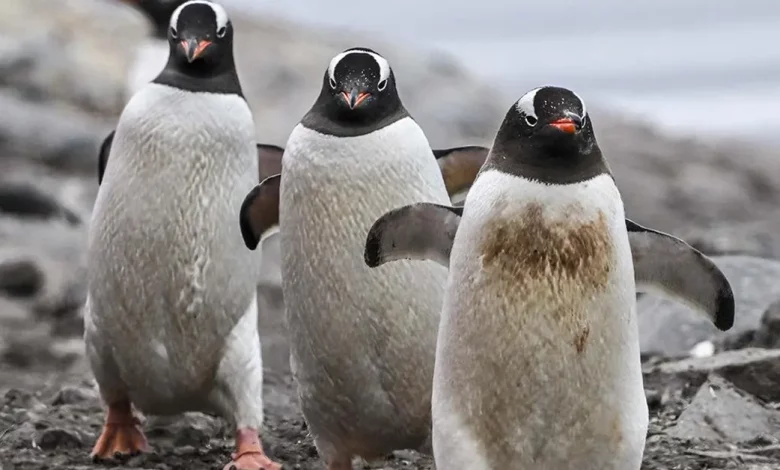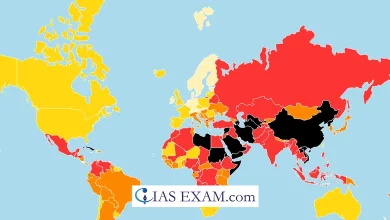Daily Current Affairs for UPSC
Avian Influenza Virus Kills a Penguin in Antarctica
Syllabus: Environment and Ecology[GS Paper-3]

Context: The recent death of a penguin in Antarctica from H5N1 bird flu has raised concerns about a potential ecological disaster.
Details about the news:
- Avian influenza has not been observed in the Antarctic before, which is a worrying issue for experts because it may severely affect penguins there.
- A king penguin died from bird flu is believed to have occurred, which would be the first wild case of this highly contagious virus in that species.
- Subsequently, South African swine fevers in Lesser Florian penguins represent prevalent earlier outbreaks documented to have caused the state of endangeredness among certain strains and demonstrated vulnerability of these birds.
- They have no prior immunities and are normally susceptible in the region model.
- The second-largest species in the family are king penguins that can survive up to more than 20 years if they live outdoors.
- A 2018 study estimated that they could face extinction, by the year 250 in the Antarctic however.
H5N1 Avian Influenza:
About:
- Avian influenza, also known as bird flu, is a disease caused by a specific type of influenza virus.
- H5N1 avian influenza is a highly contagious and often fatal strain of the virus that primarily affects birds but can also infect humans.
- The virus can spread from birds to mammals, although this is rare.
- It is mainly found in birds such as chickens, ducks, and geese, and can be transmitted to humans through close contact with infected birds or their bodily fluids.
- The symptoms of H5N1 in humans are similar to those of other types of influenza and can range from mild to severe, potentially leading to respiratory failure and death.
Types:
- Four types of influenza viruses are A, B. C and D.
- It is A and B that are the cause of seasonal infections in humans while C mainly affects people but is also found in dogs and pigs.
- In contrast, D primarily affects cattle and does not infect humans.
Transmission:
- The virus does not spread from one person to another very often, however possible.
- The majority of cases concerning humans tend to be in close proximity with people who were into contact with infected birds.
- There are a few episodes of restricted transfers between people, and yet it has not prompted permanent transmission among human beings.
Treatment:
- There is no designated treatment for H5N1 avian influenza; however, the symptoms may be managed with antiviral drugs such as oseltamivir and zanamivir.
- Although there is a vaccine that can protect birds, no such vaccine has yet been discovered for humans.
Avian Influenza in India:
- During this year of 2019, India had the pleasure and honour of being declared free from the H5N1 strain that appeared zoonotic Avian Influenza which was done by informing WHO.
- It is disappointing to realise that outbreaks are embracing the H5N1 and h SN8 strains of this virus.
- Unfortunately, bordering the end of 2020 and early part of the year two thousand twenty-one a number progressive Avian Influenza outbreaks were reported in fifteen states through India.
Concerns related to Influenza:
- In human beings, this virus has high mortality rates; with half of the patients dying due to its effects.
- One of the major concerns related to H5N1 avian influenza is if this disease would mutate and mix from one human being to another, there will be a global pandemic due especially because people are becoming immune to it.
- As such, H5N1 remains a critical public health issue and is closely investigated as well.
Source: DTE





.png)



